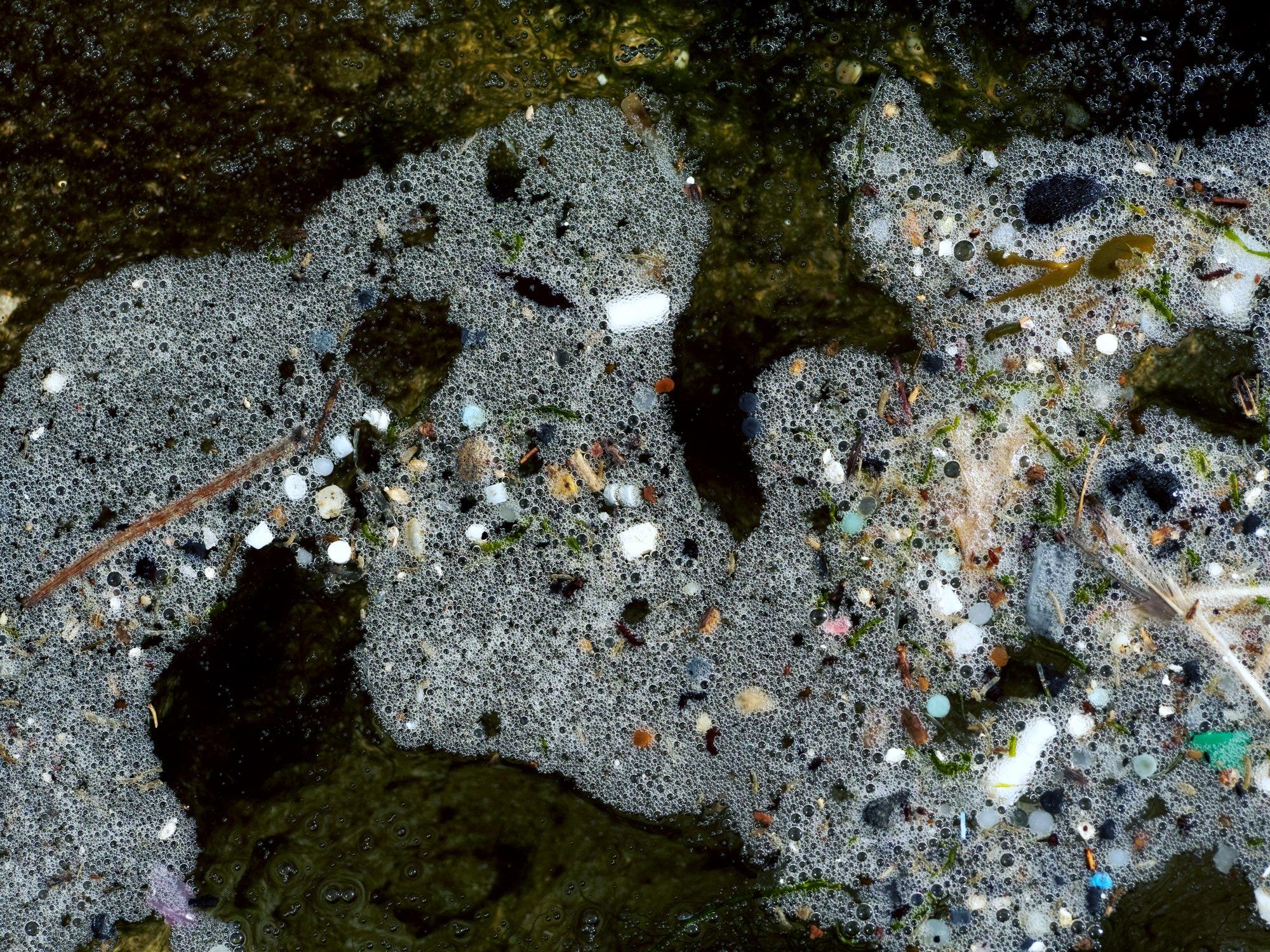Microplastics Could Be Making the Weather Worse
It is no secret that plastic pollution is wreaking havoc on our environment, causing irreparable damage to our oceans, wildlife, and ecosystems. However, a new and alarming factor has emerged in the realm of this environmental crisis: microplastics. These tiny, nearly invisible particles are not only polluting our waters but also wreaking havoc on our weather patterns, potentially making them worse.
Microplastics are the result of the degradation of larger plastic items, such as bottles, bags, and packaging, which slowly break down into tiny particles smaller than 5 millimeters in size. Due to their microscopic nature, they are virtually impossible to remove from rivers, lakes, and oceans. Consequently, they contaminate water bodies on a massive scale, infiltrating even remote and pristine habitats.
While the direct impact of microplastics on marine life has attracted significant attention in recent years, researchers are now uncovering their influence on atmospheric conditions. A study published in the journal Nature Communications in 2020 found that microplastics can change the behavior of clouds, affecting rainfall patterns and potentially contributing to an increase in extreme weather events.
When microplastics are released into the atmosphere through mechanisms like wind or sea spray, they can act as a nucleus around which water droplets condense, forming clouds. These clouds, formed with microplastic particles, have different properties than natural clouds, including a higher number of water droplets but smaller droplet sizes. This alteration in cloud composition impacts their ability to hold and release precipitation, potentially causing heavier rainfall in some areas and droughts in others.
Furthermore, microplastics can serve as a transportation mechanism for other pollutants, such as heavy metals and organic chemicals. These toxic substances can adsorb onto microplastics and then be released into the atmosphere during cloud formation, subsequently contaminating rainfall. The pollutants from microplastics can find their way into soil, plants, and even the food chain, posing a severe threat to human health.
The impacts of microplastics on weather patterns and precipitation are still being studied, and scientists are just beginning to grasp the extent of the problem. However, it is clear that urgent measures need to be taken to address this emerging issue.
To mitigate the impact of microplastics on the weather, there must be a two-pronged approach. Firstly, reducing and eventually eliminating the production and use of single-use plastics is crucial. Governments, industries, and consumers must collaborate to adopt sustainable alternatives and promote responsible plastic waste management initiatives. This includes recycling, proper waste disposal, and investing in technologies that can capture and remove microplastics from water systems.
Additionally, understanding the sources and pathways of microplastics into the environment is vital. Improved regulation and monitoring of industries that release microplastics and developing innovative filtration systems are necessary steps forward. Moreover, research funding should be allocated to studying the effects of microplastics on weather patterns and finding strategies to mitigate their impact.
Microplastics have proven to be a global threat on multiple fronts, and their influence on weather patterns only adds to the urgency of addressing this pervasive pollution issue. Taking immediate action to reduce plastic waste and design cleaner manufacturing processes is not only essential for protecting our marine ecosystems but also for stabilizing our weather systems and safeguarding the future of our planet.
Hey Subscribe to our newsletter for more articles like this directly to your email.
